A Teacher’s Essential Guide To Live streaming A Class

No longer a once-in-a-while novelty for Internet users, live streaming has evolved to be a source of entertainment. However, it has also become more than just an entertainment thing. Nowadays, from yoga teachers to schools and other educational institutions, everyone is utilizing or planning to utilize it as a way to educate and share knowledge.
Just look at the numbers reported by Statista when it comes to live streaming:
- In 2020, 482.5 hours were spent on mobile live streaming apps.
- The weekly reach for live streaming videos worldwide was 29.5%.
- YouTube was the most popular live streaming platform.
Simply put, live streaming allows viewers to watch a creator (in this case, a teacher or an educator) produce content in real-time. So, not only can teachers give lessons to their students, but students will also get to ask questions live and get them answered right away.
With that said, this walkthrough will show you how live streaming can be a game-changing benefit for schools and education.
The Advantages Of Live Streaming Your Classroom
So, what comes with live streaming a class?
Well, teachers can share lessons and ensure that students are paying attention as they watch. Students can be engaged in a suitable remote learning environment through their computers, tablets, or phones. Online courses can be offered.
With that said, here are some other benefits that can come from teachers live streaming their classes online:
- You can stream multimedia/educational content with the share functions on whatever you’re using to stream live video. A streaming platform for education used together with streaming software like Streamlabs helps you set up your stream. You can present the information with the help of templates and other visual elements (PowerPoint, videos, graphs, etc.).
- You can stream at any time of the day. Just keep in mind: Some students might not be able to attend the live stream for some reason. So, making sure that they have a replay to refer to on your YouTube or another streaming platform is a must.
- No post-production is needed when you live stream. This gives you more time to grade assignments, create other lesson plans, and plan your next live stream.
- You can chat and receive comments from students live.
Why Live Streaming Classrooms Works

According to a study done by the RAND Corporation, 58 out of 288 district administrators – 20% of the admins surveyed – had considered the following when it comes to virtual learning:
- Starting an online school
- Planning to start an online school, OR
- Planning to do so post-pandemic
Therefore, it’s no wonder that many schools are beginning to usher in virtual and distance learning opportunities.
As a result, the online learning market is expected to grow to $350 billion (US) by 2025, according to ResearchAndMarkets. This is due to the global introduction of flexible learning technologies, such as e-learning platforms, in both corporate and education.
The Setup For Live Streaming A Classroom
Now, before delving into live streaming and finding a streaming solution, it’s important to look at your online class setup equipment. What do you have on hand? And what might you need?
Typically, it doesn’t take much to create a live video. So, with a platform picked out, you’ll need the equipment:
- A camera that you configure and connect to a computer
- Lighting
- The mic that’s built into your computer
- OPTIONAL: A microphone that you can plug into your computer (many options for microphones in stores and online)
- OPTIONAL: A small vision mixer with USB 3.0 streaming built-in (if you want to make your stream look and feel more professional)
Helpful Tips
So, now that you know the benefits of classroom streaming, and what your setup should look like, it’s time to get to it! How can a teacher get started in live streaming lectures? What is the best way to live stream a class?
Here are some great tips on how teachers and educators can live stream for the sake of educating students.
Pick A Good Place To Stream
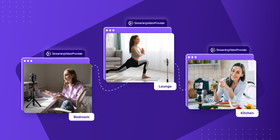
First, you’ll need a place to stream. While that’s a given, it’s easier said than done. In fact, when you think about your ideal lesson or class, where in your home is a good place to resemble a classroom?
Then, have a quick look at each room in your house or apartment. If you have a garage that has Internet access, then that would be better than live streaming in your bedroom. If your bedroom has a professional desk and workstation, then that can work.
If you’re stream teaching a cooking class, for example, the kitchen would be a great environment for the live stream. If you’re stream teaching something like yoga, you’ll need a room with enough space.
These are things to think about when looking for a place to stream. An appropriate stream setting allows for a good teaching environment and should be free of any distractions.
Choose A Reliable Streaming Platform
As mentioned, there is more than one streaming platform to live stream. If you’re planning to release free classes to promote your business or organization, then free platforms like YouTube are a great choice.
As to your premium content, that’s best hosted on a professional streaming platform for teachers, where you can ensure ad-free viewing, monetize it and protect it from pirates.
Picking the wrong live streaming platform is a common mistake. So, be sure to consider all aspects of it before making a choice.
With that said, here are a few free streaming platforms to stream on:
- YouTube
- Twitch
- Vimeo
- Facebook Live
- Instagram Live
- TikTok Live, etc.
And, if you want to stream to multiple sites and use advanced privacy and security settings, you should also look for a professional live streaming platform like StreamingVideoProvider.
Whatever you choose, make sure that you have a lot of familiarity with the streaming service that you want to use. If you’d like, do a test stream so that you can get acquainted with the platform and see if it’s a good one to use. Plus, look for these important features when choosing a platform:
- Easy-to-use audience engagement tools like live chat
- Versatile monetization options, such as Pay Per View
- Trackable video analytics
- Video-on-demand capabilities for recording and storing classes for reference
- Privacy and security features that ensure a quality class environment for all students
Check Internet Connection And Upload Speed

Internet speed is crucial when it comes live streaming. That’s because live video streaming depends on latency. That is, how much time it takes for information to travel from a computer to the network server and back. In other words, how fast you’ll see results from a click depends on how good the latency is.
With that said, the national average Internet speed is 42.86 Mbps (megabits per second), according to HighSpeedInternet.com. The higher that number (more than 42.86 Mbps, in other words), the better your Internet connection. With a good connection, you also offer high-quality video content in your live online class.
Prepare Your Teaching Content
Now, this is the crucial part: What do you plan to teach on your live stream?
The truth is, many class and lecture ideas can be realized in the virtual classroom, and it doesn’t have to be boring! For example, if you want to incorporate fun live streaming activities like icebreakers and quizzes during your class, you can! You can create polls that allow students to engage with the lesson and/or pick and choose something that they want to learn about.
As for your teaching content, you can show a few things at once when you set them up on the streaming software that you’re using. This should work with streaming software for Mac as well as for PC. Fortunately, most of these streaming programs allow you to create templates and overlays. These help you organize your thoughts and teaching material during any course stream.
You can also set up physical teaching materials for your students to see, like:
- A whiteboard or chalkboard
- A book that you’re reading from
- Flashcards
- Models, etc.
Now, when using physical objects and materials for your live classes, make sure that your students can see them on the camera.
Also, take some extra tips to help you make the most of your stream:
- Have an outline handy. This is to help you with your talking points, not to read off of like a teleprompter.
- Keep a glass of water at reach. You’ll notice that when you’re talking, your throat and voice may get tired from talking to online students a lot.
- Wear some neutral or solid colors. Try not to wear prints or flashy patterns because they can be very distracting.
- Prevent background noises from interfering with your stream by muting your microphone. Ask your students to do the same.
- Fully charge all of your devices before streaming. The last thing you want is for your computer to die during a live stream because you didn’t charge it ahead of time.
Test Before Streaming!
Finally, don’t forget to test your stuff before you live stream classes.
The last thing you want is to have your live stream buffer due to a poor Internet connection or to realize that your camera isn’t turned on. So, make sure that everything is running smoothly before hitting the “Go Live” button on YouTube or another live streaming platform.
Conclusion
As you can see, streaming classes can be not only fun but also effective for today’s world. With live streaming, you don’t have to sacrifice much other than your time and energy. Live streaming classes and live streaming courses are just as effective as in-person learning.
We hope that this essential guide on how to live stream a class is helpful and inspires you to do so in the next school year or semester. Good luck, teachers and educators!
References & Further Reading
- How To Add An Overlay To OBS
- The Best Live Streaming Software
- Live Streaming for Education: Sharing Learning Experiences With the World
- How to Live Stream a Classroom (Video)
- Streaming Options for In-Person Classroom Lectures
- 10+ Best Cameras For Live Streaming
- The Top 5 Microphones For Live Streaming

Broadcast Like A Pro & Monetize Your Classes
Try It Free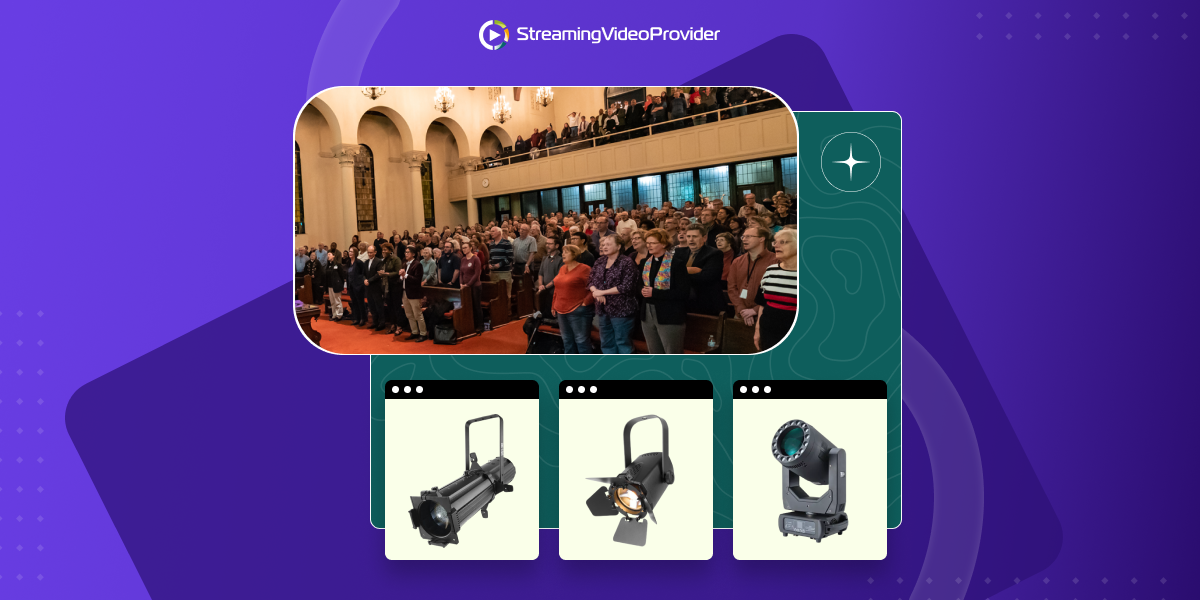
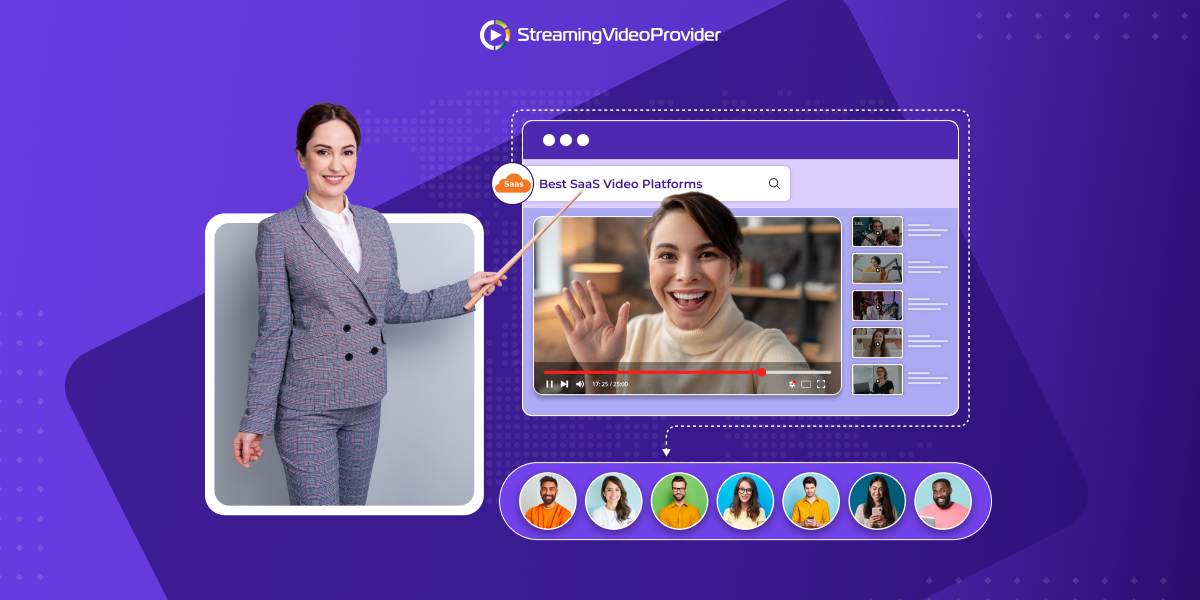
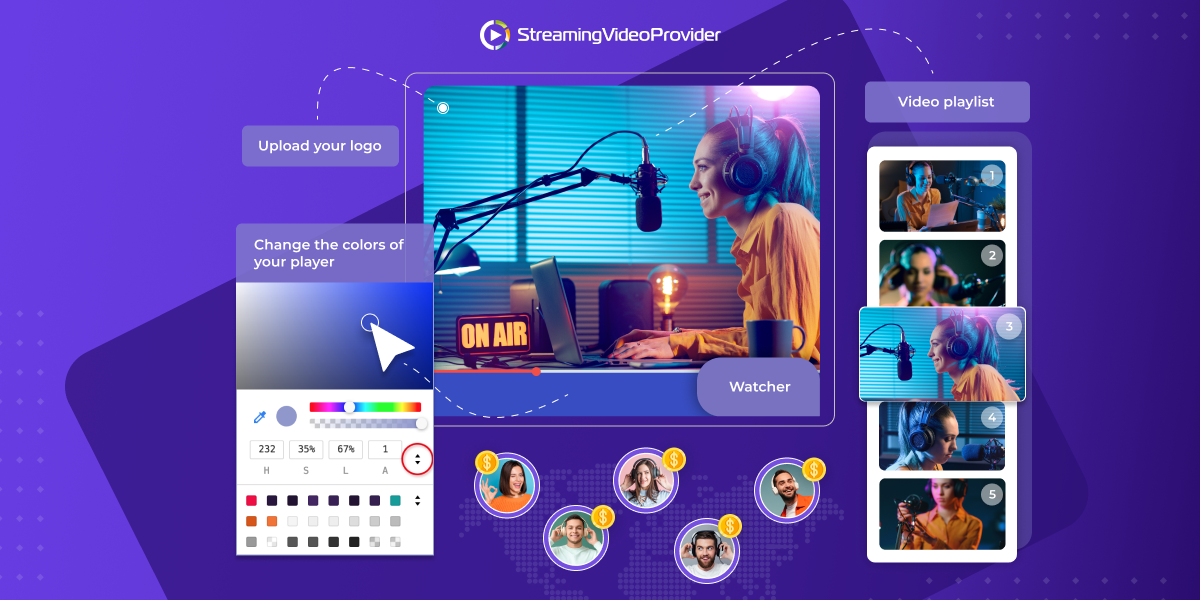




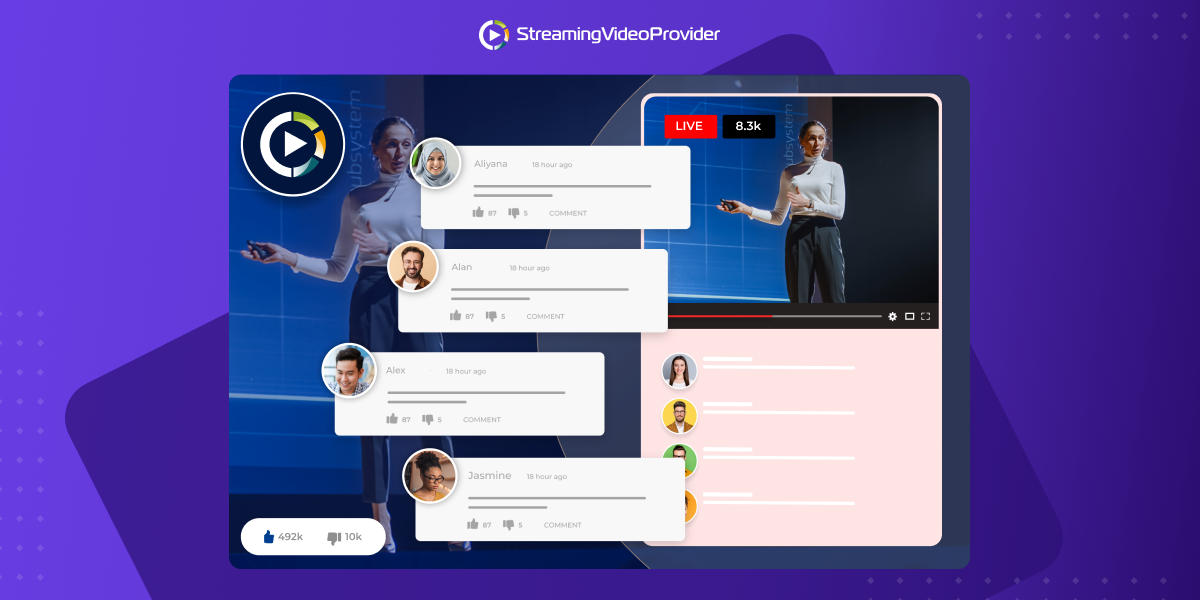
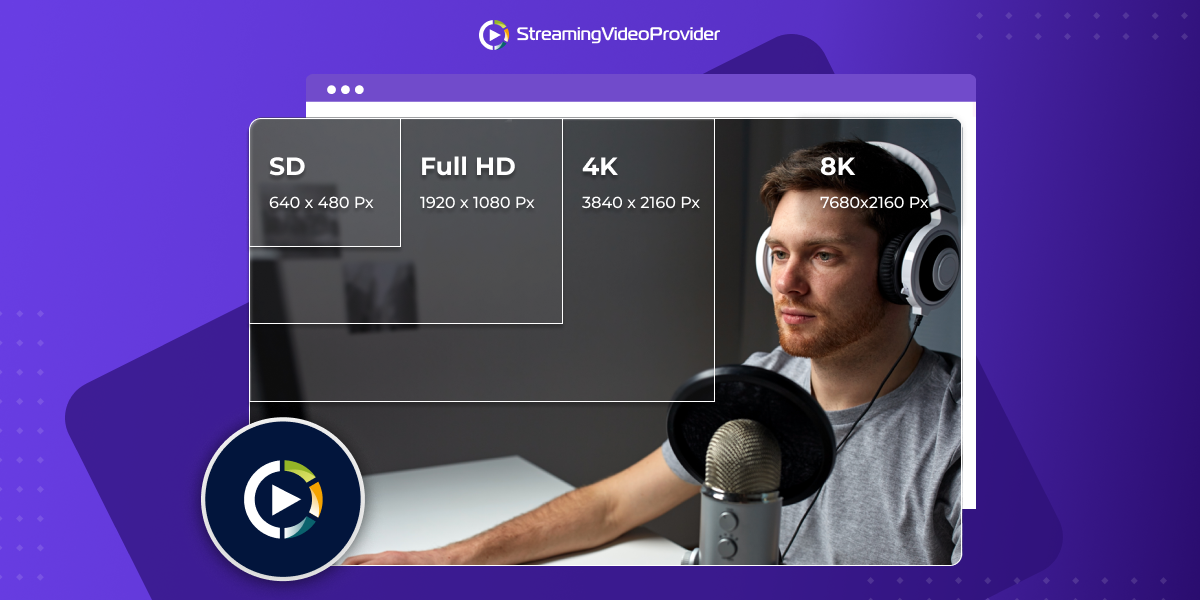



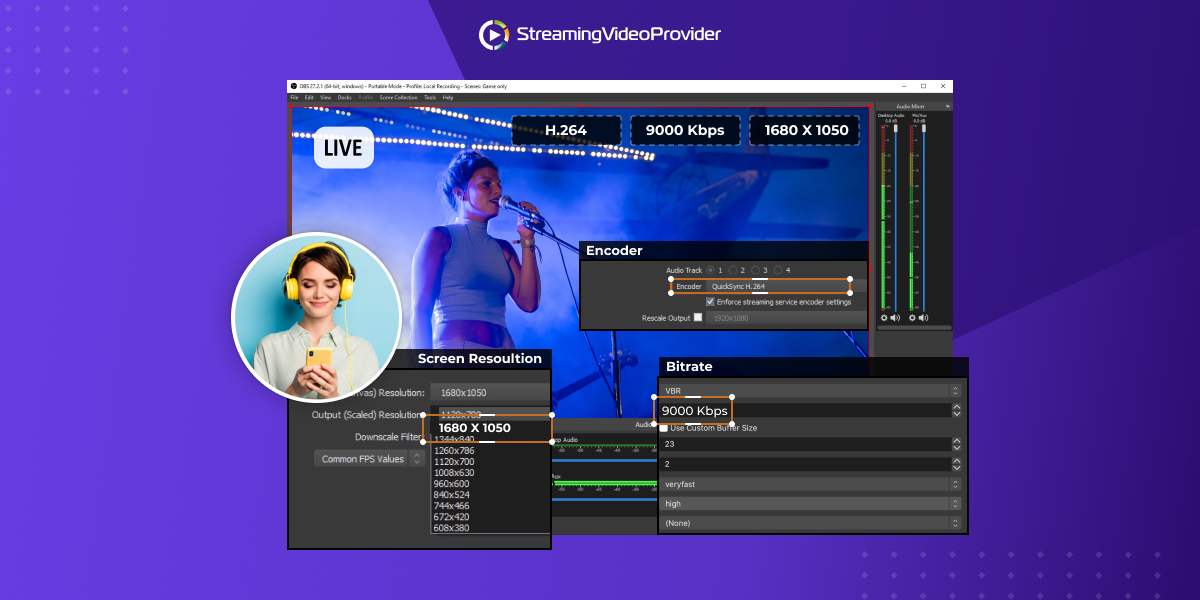
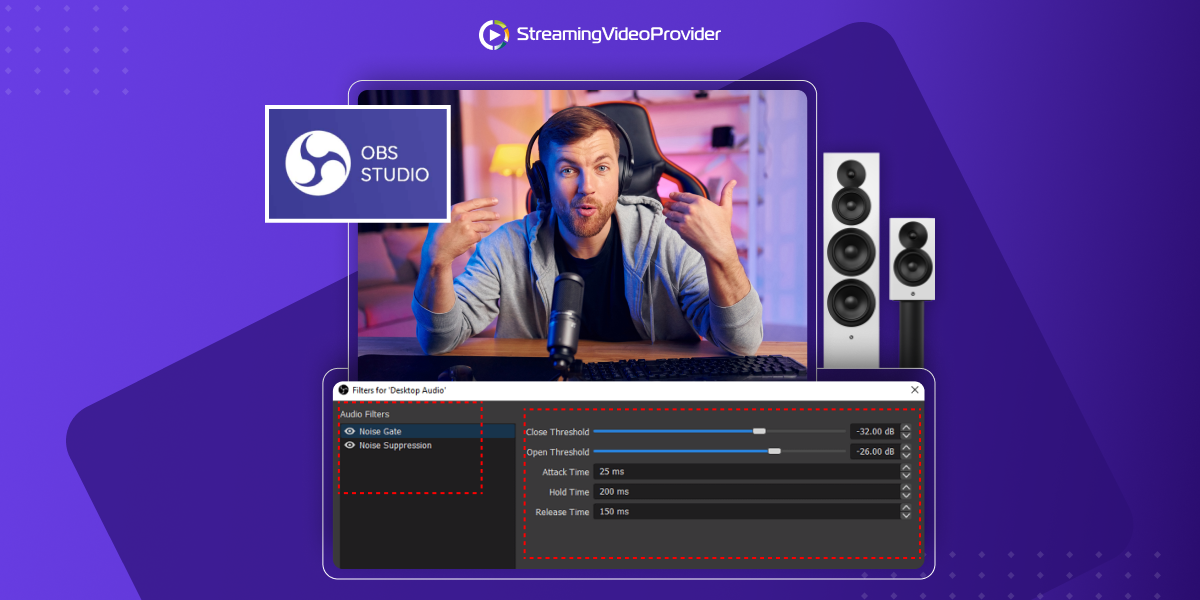



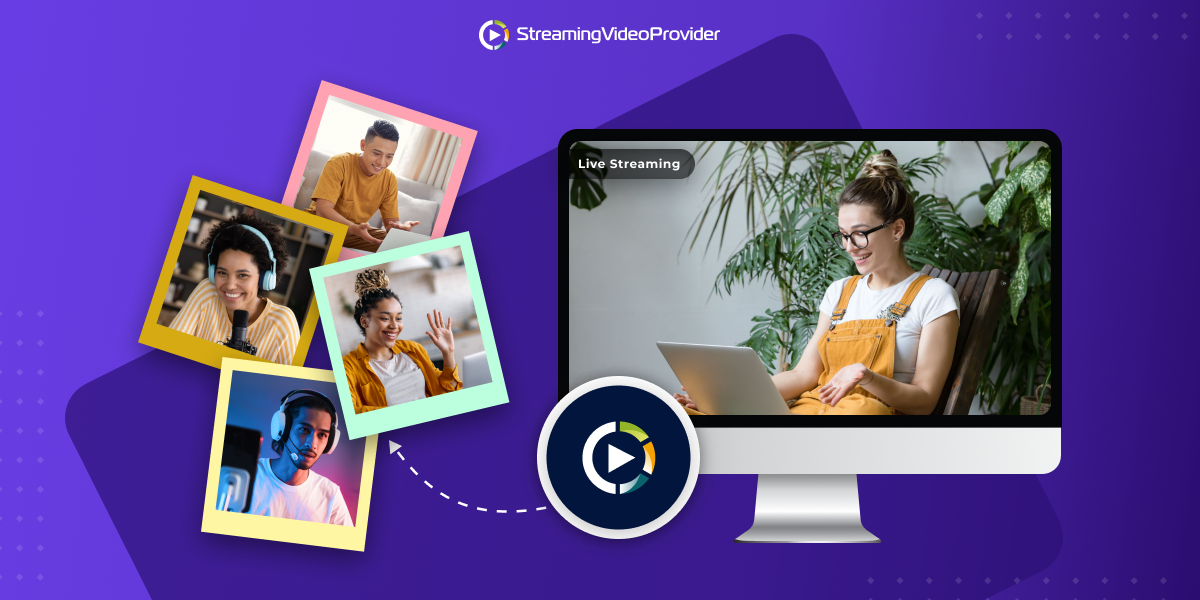
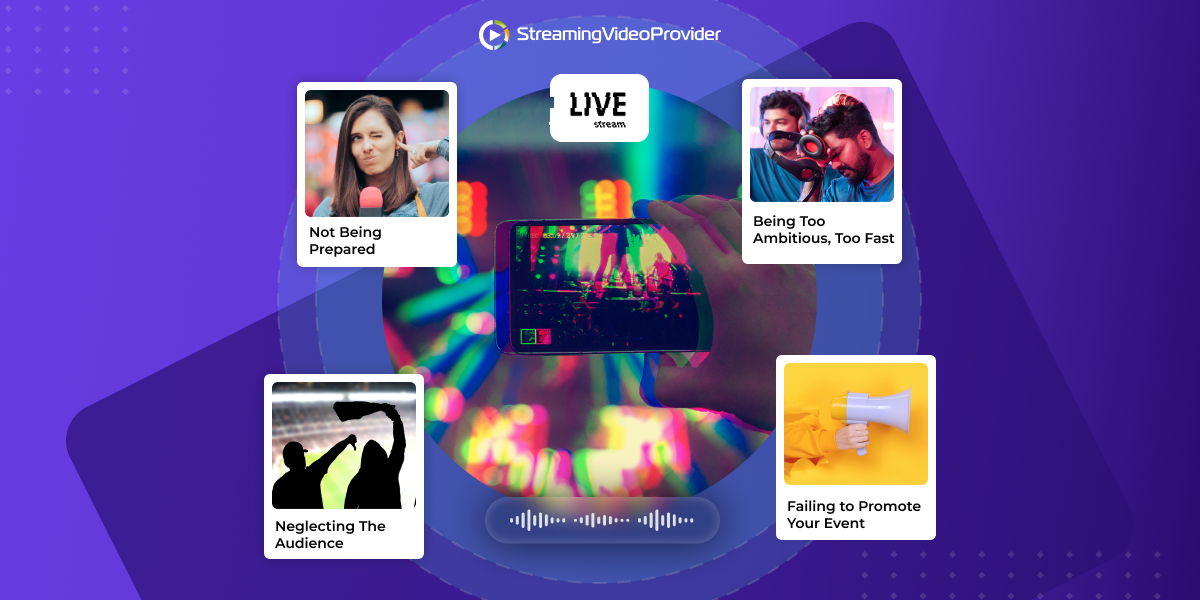


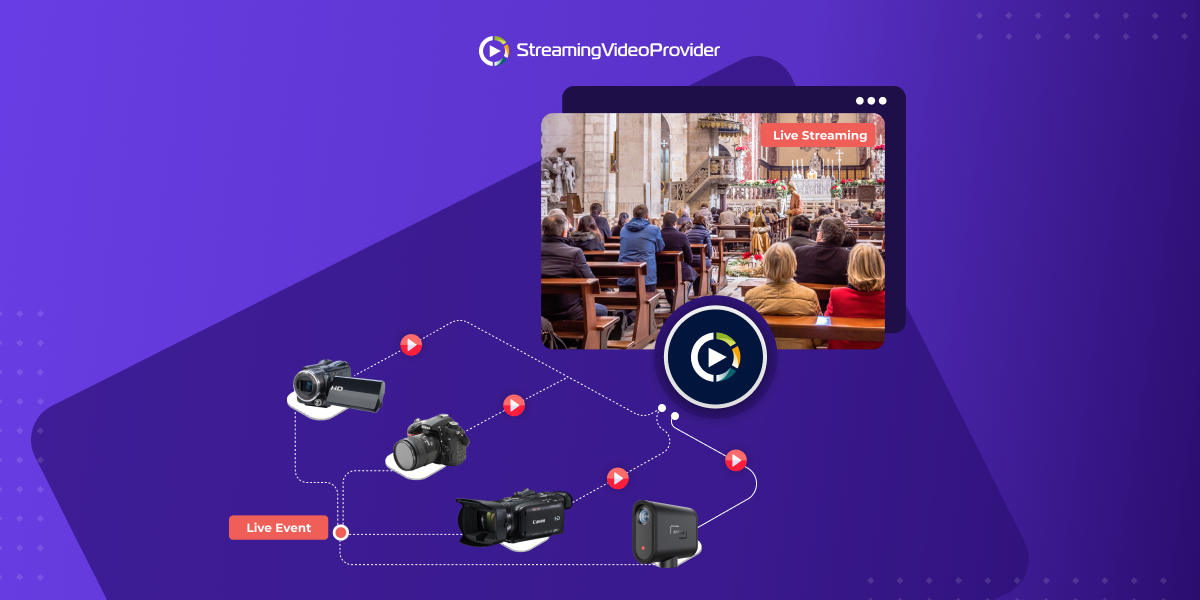
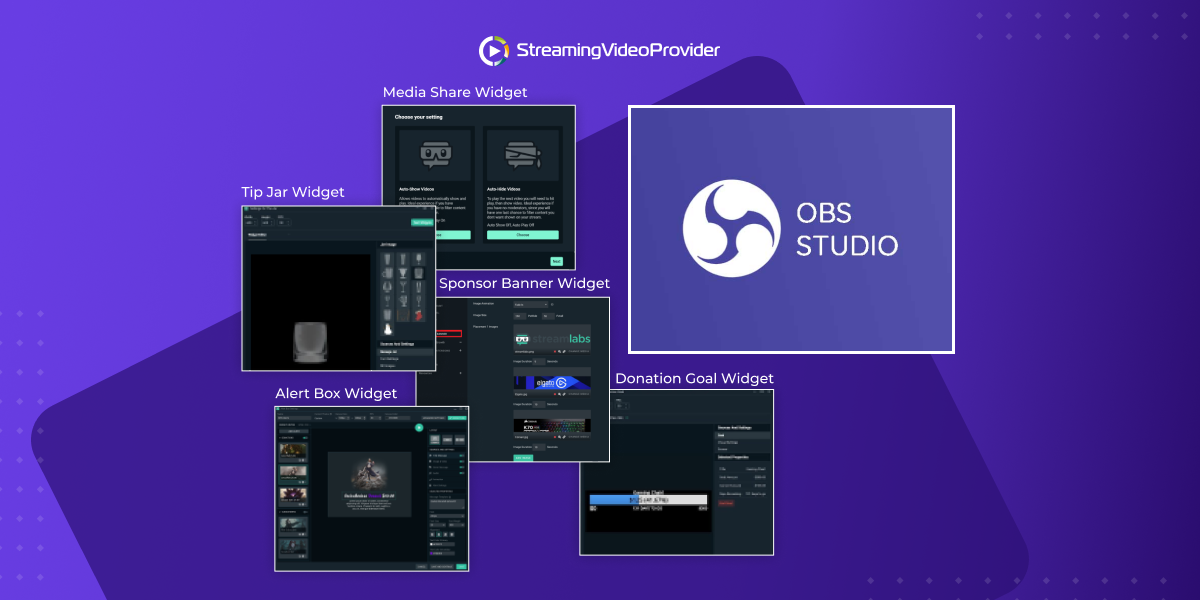

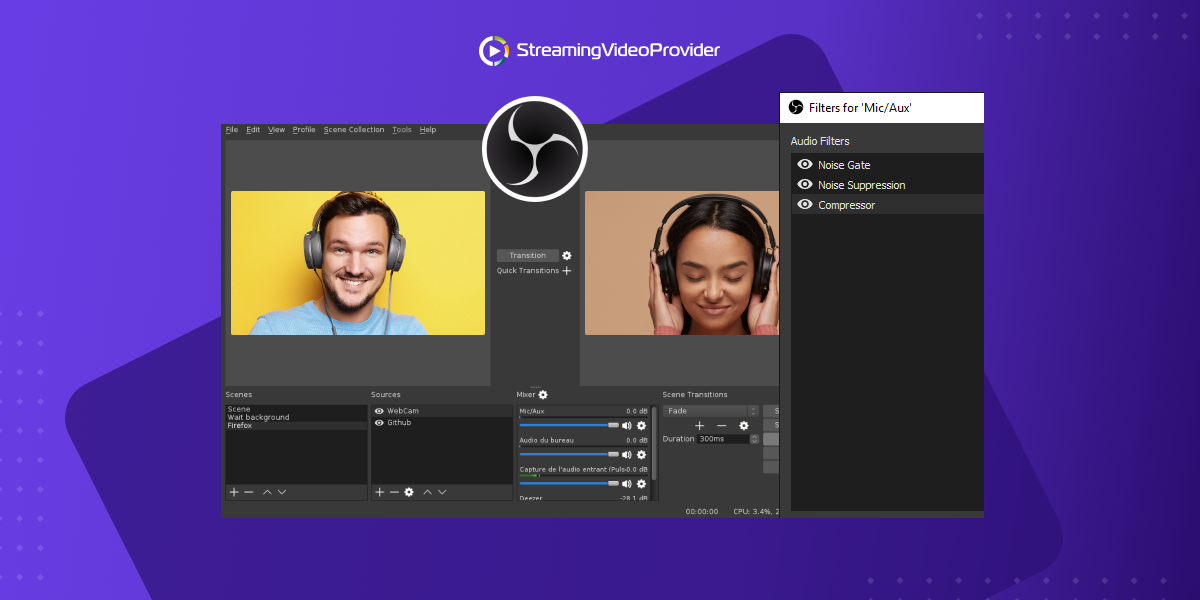
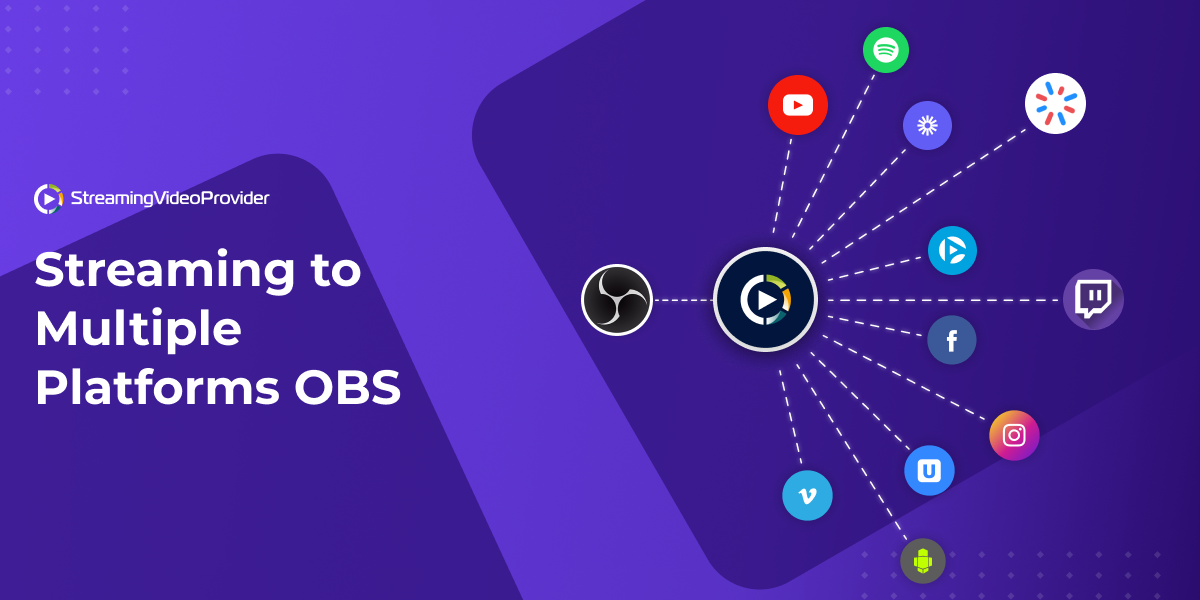

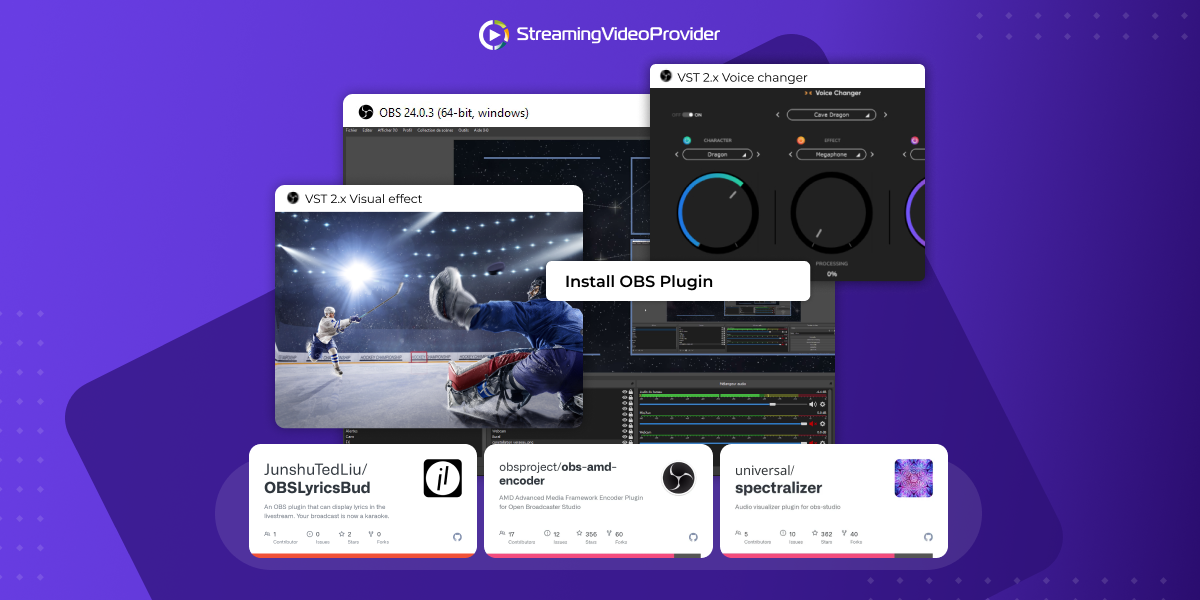
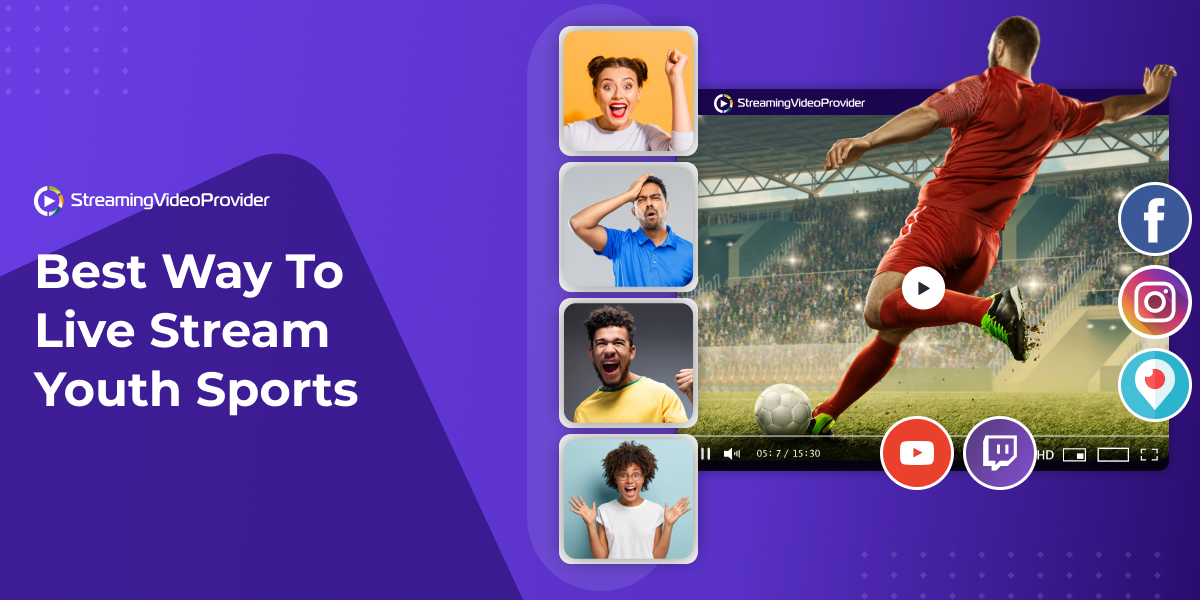




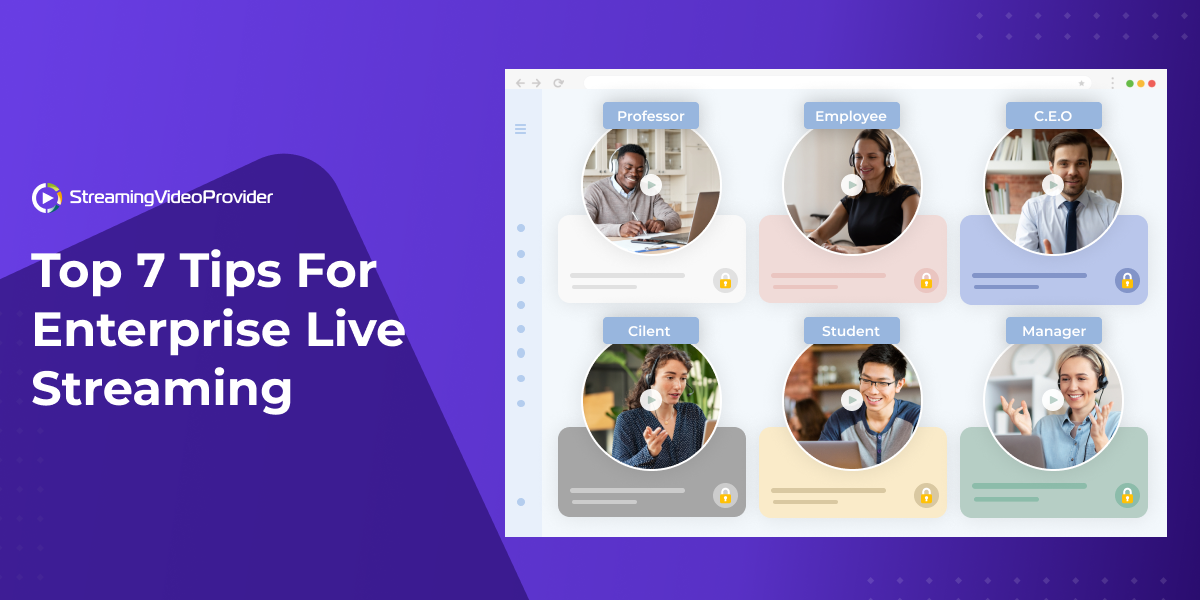


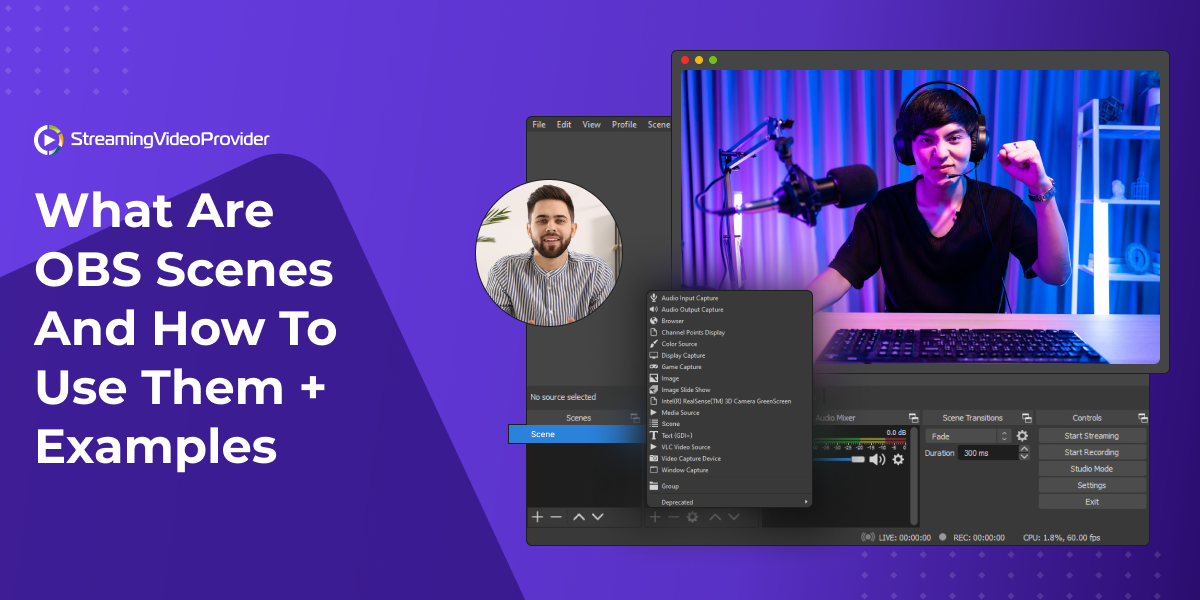
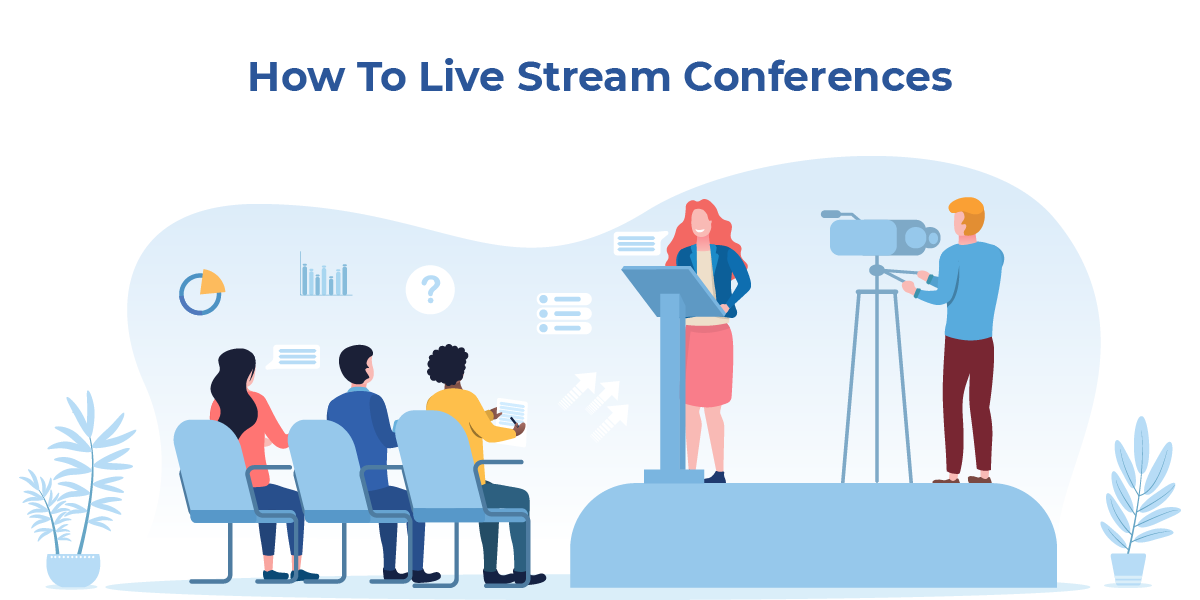

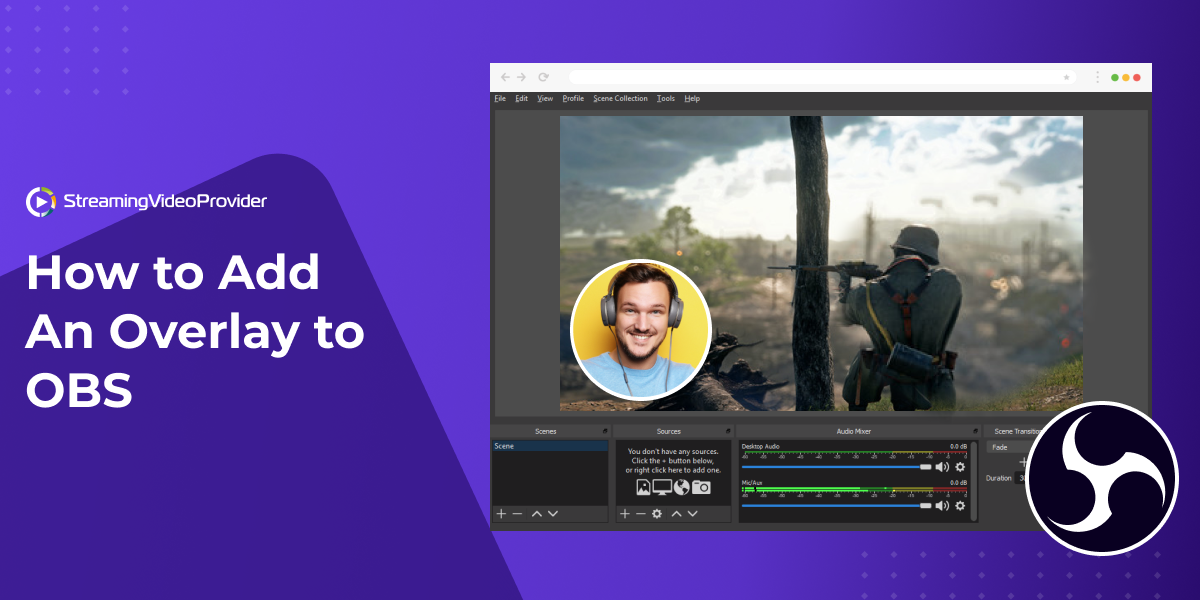


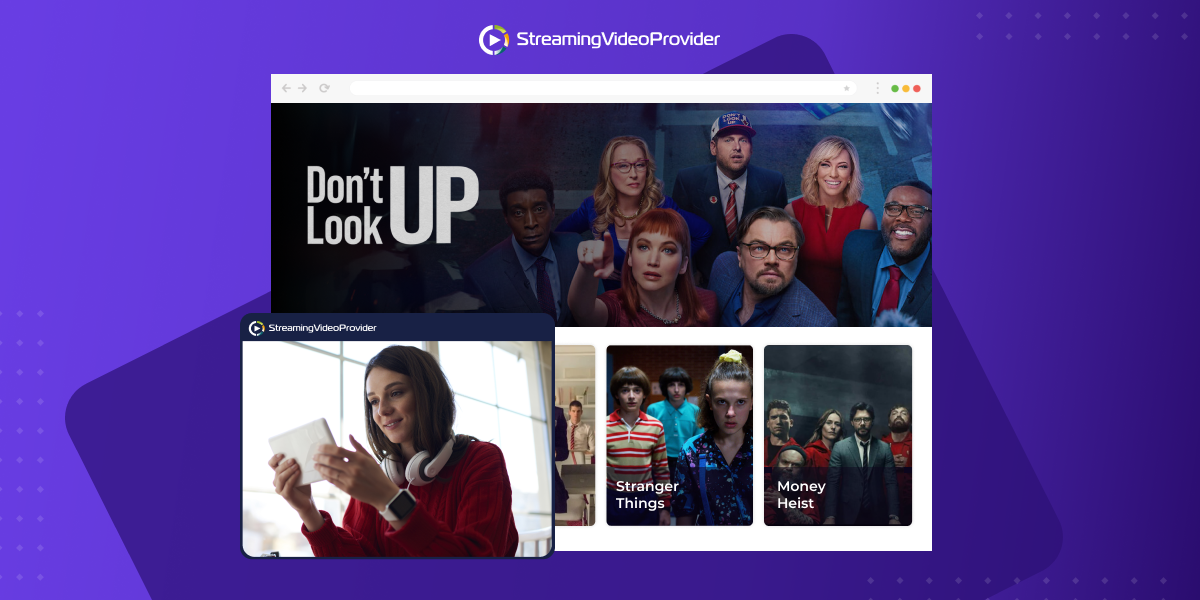
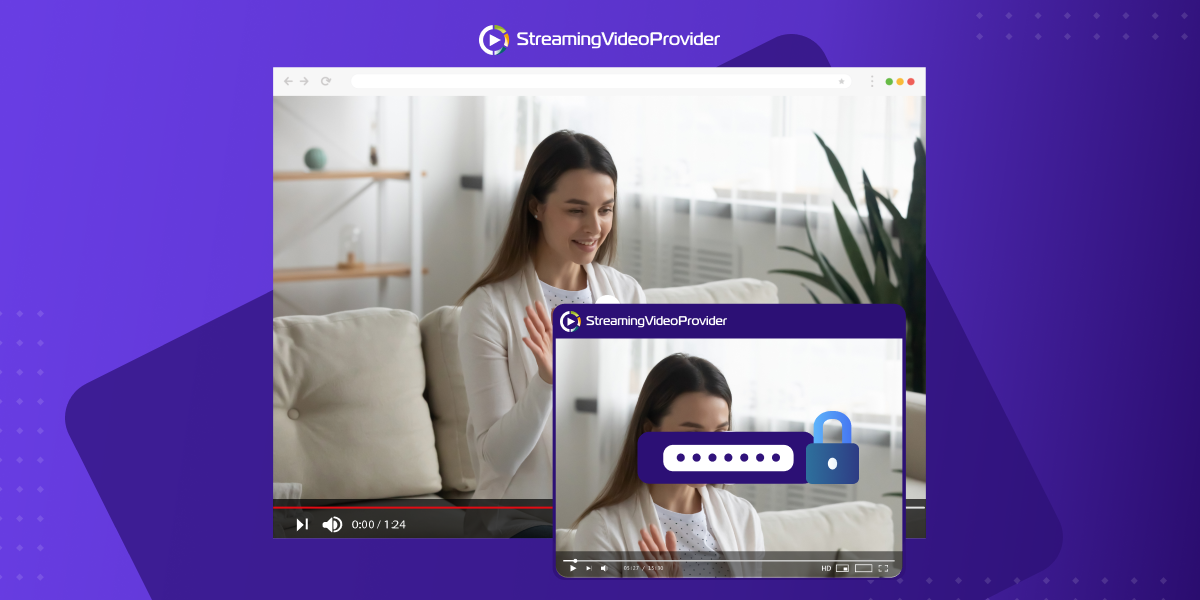
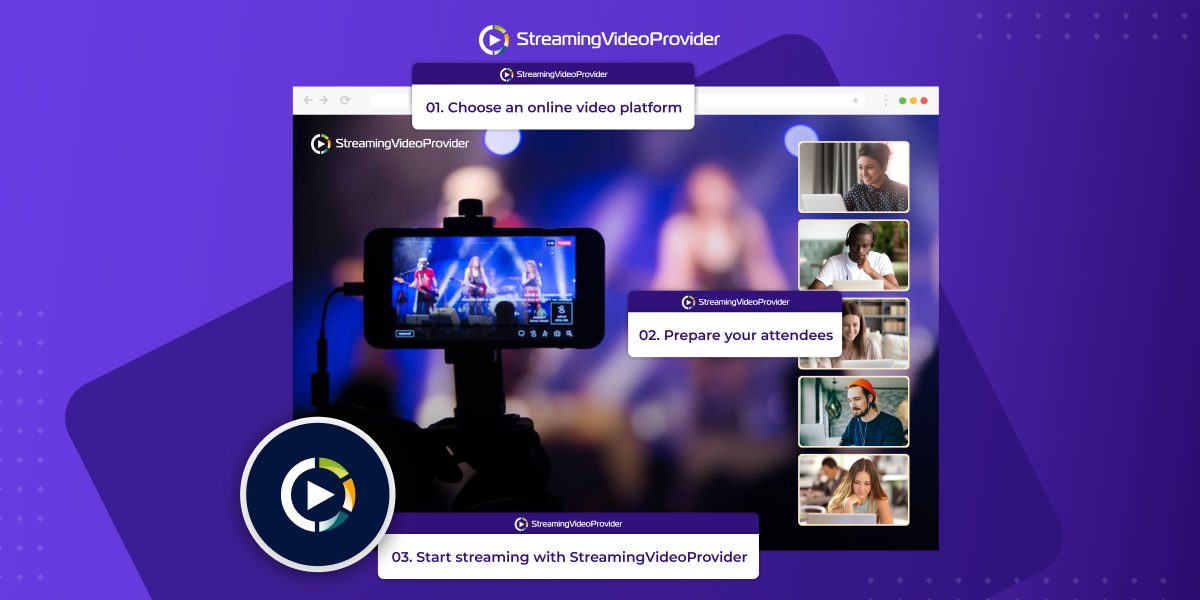

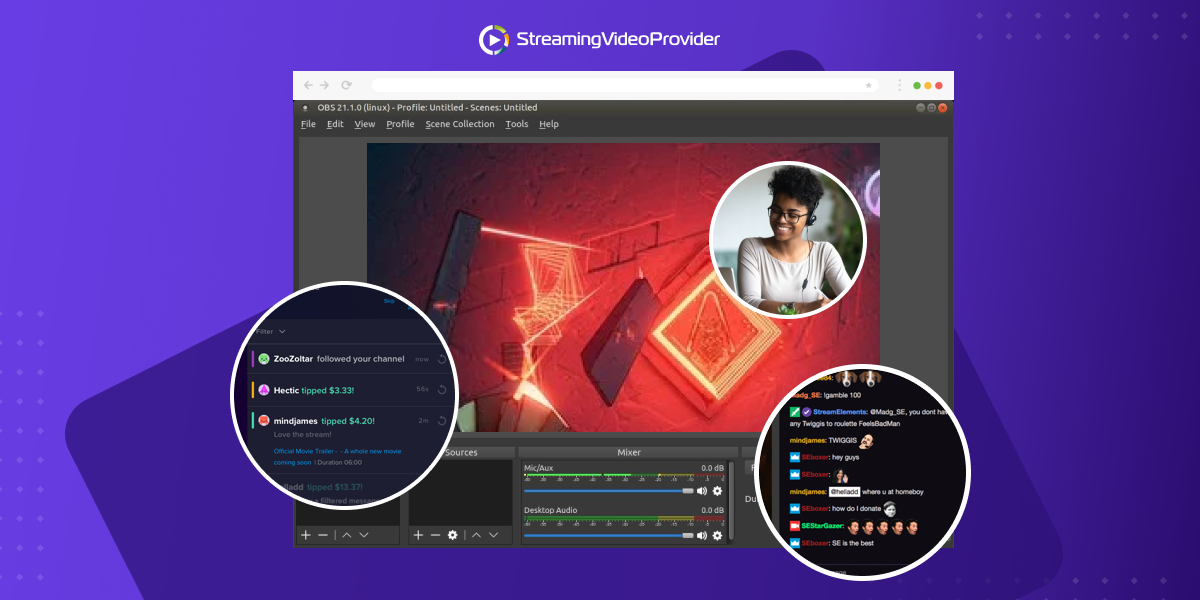
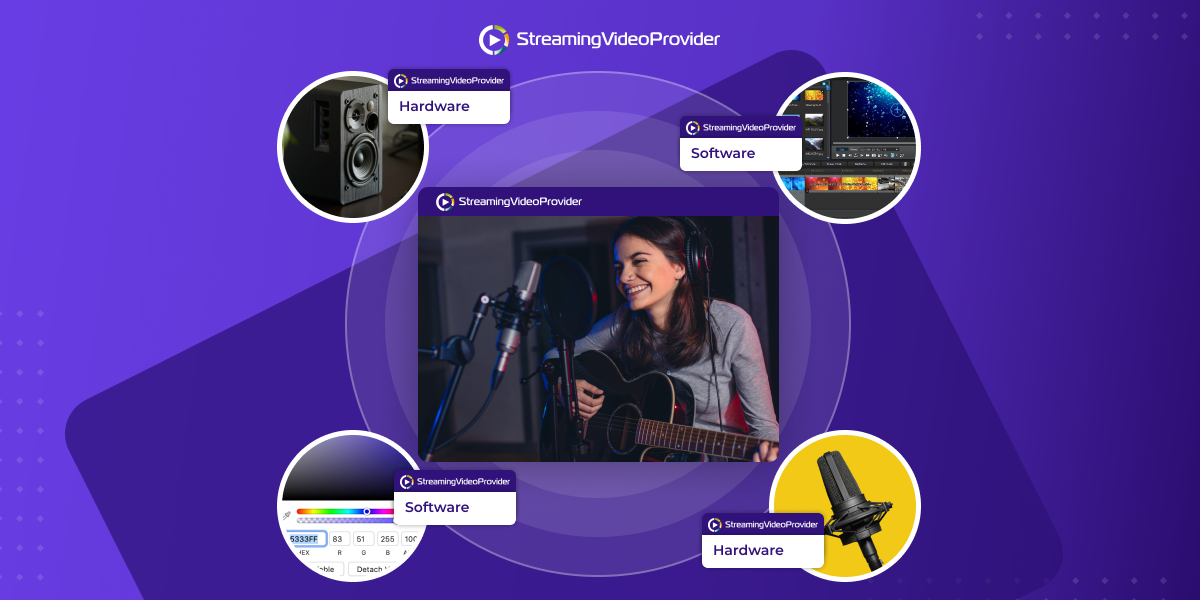
![[How To] Set up OBS From A To Z](https://www.streamingvideoprovider.co.uk/assets_dist/svp/img/blog-img/how-to-set-up-use-obs/how-to-set-up-obs-tutorial.png)
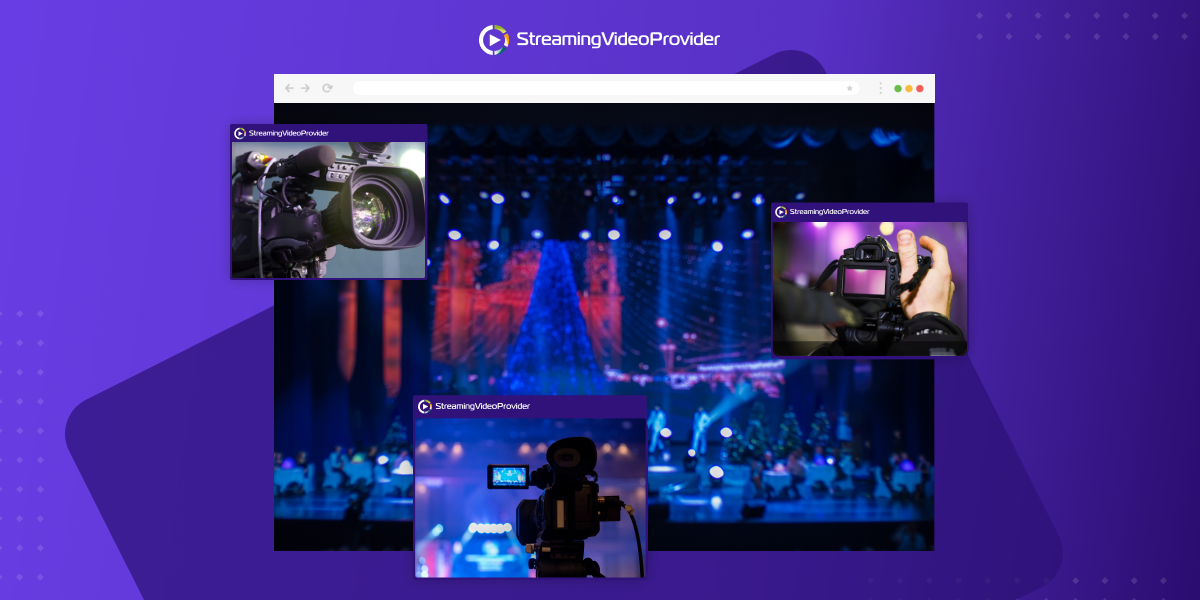


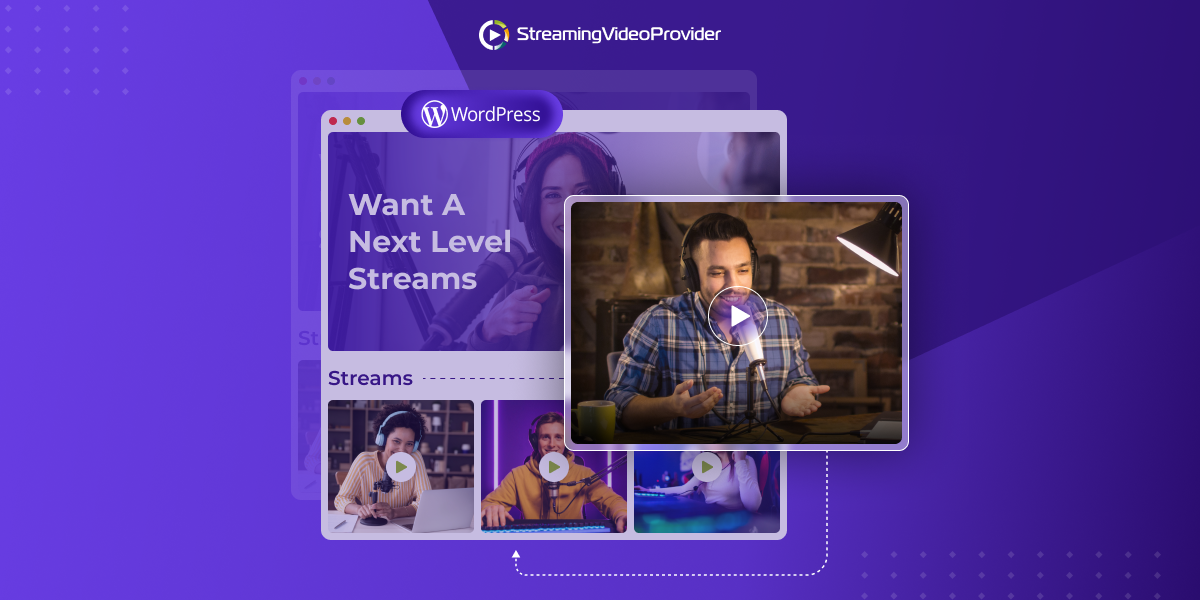
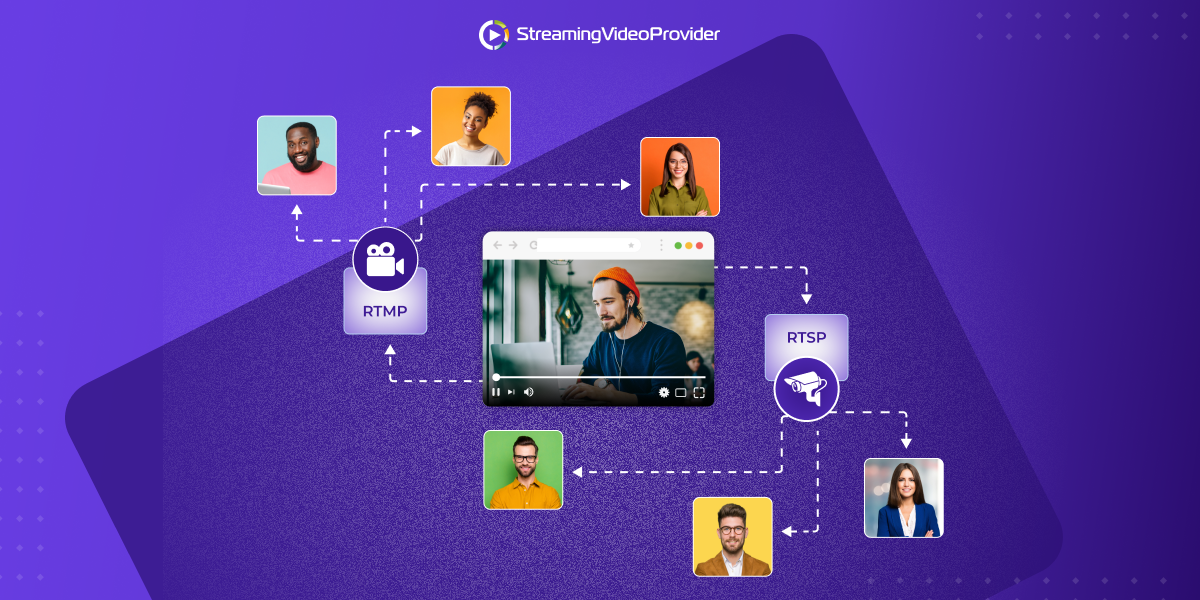
DON’T MISS OUT
Get updates on new articles, webinars and other opportunities: